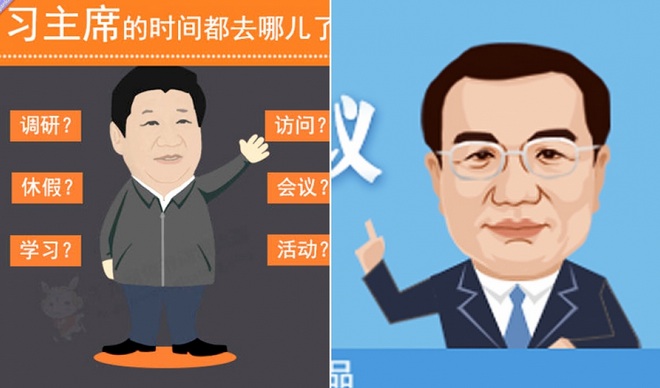In the Economist: China’s premier is fond of saying that the government has plenty of tools in its toolbox to combat the economy’s slowdown. Rummaging through the kit, the central bank produced a big wrench on Sunday: a 1 percentage-point reduction in the amount of cash that lenders must lock up as reserves. It is the largest cut in Chinese banks’ required reserve ratio (RRR) since late 2008, the nadir of the global financial crisis. It frees up nearly 1.3 trillion yuan ($210 billion) for new lending, money that should help shore up growth. It is likely, however, to also pour fuel on an already-sizzling stockmarket.
Judging by economic data alone, the move comes as little surprise. Nominal growth in the first quarter slumped to 5.8% from a year earlier, the lowest since the first quarter of 2009. Factory production is weak, lending growth has slowed and deflation is beginning to rear its head. China launched its easing cycle last November (it has cut interest rates twice and RRR once since then), and Mr Li has pledged to do more to support growth if needed. Additional policy easing seemed a foregone conclusion after all the sluggish recent data.
But the timing of the cut is something of a surprise. Required reserves play little role in the monetary policies of developed economies. In China, however, they have formed a crucial component of the framework for keeping the yuan steady. In the past, when foreign cash streamed into China via its trade surplus and amid speculative inflows, the central bank printed billions of yuan every month to soak up the flood. That would normally have been expected to cause inflation, but the central bank counteracted the effect by forcing lenders to lock up a large portion of the resulting cash as reserves. At its peak in 2011, China’s RRR reached 21.5%, a level with little precedent in other countries.
While China is still running a hefty trade surplus, speculative flows have become much more volatile. Cash enters the country some months and leaves it other months. With reduced inflows from abroad, the central bank no longer needs to intervene so heavily in the currency market. But it does need to come up with new ways of creating liquidity for the financial system. The most obvious is to normalise monetary policy by cutting RRR. Even with Sunday’s reduction, the ratio for the biggest banks sits at 18.5%—amounting to more than 20 trillion yuan worth of cash. Mr Li’s toolbox is far from empty.

